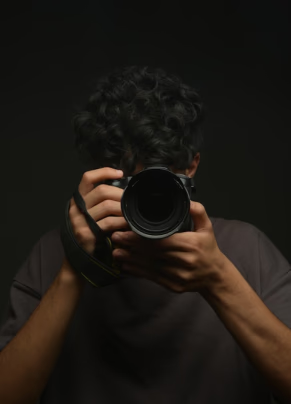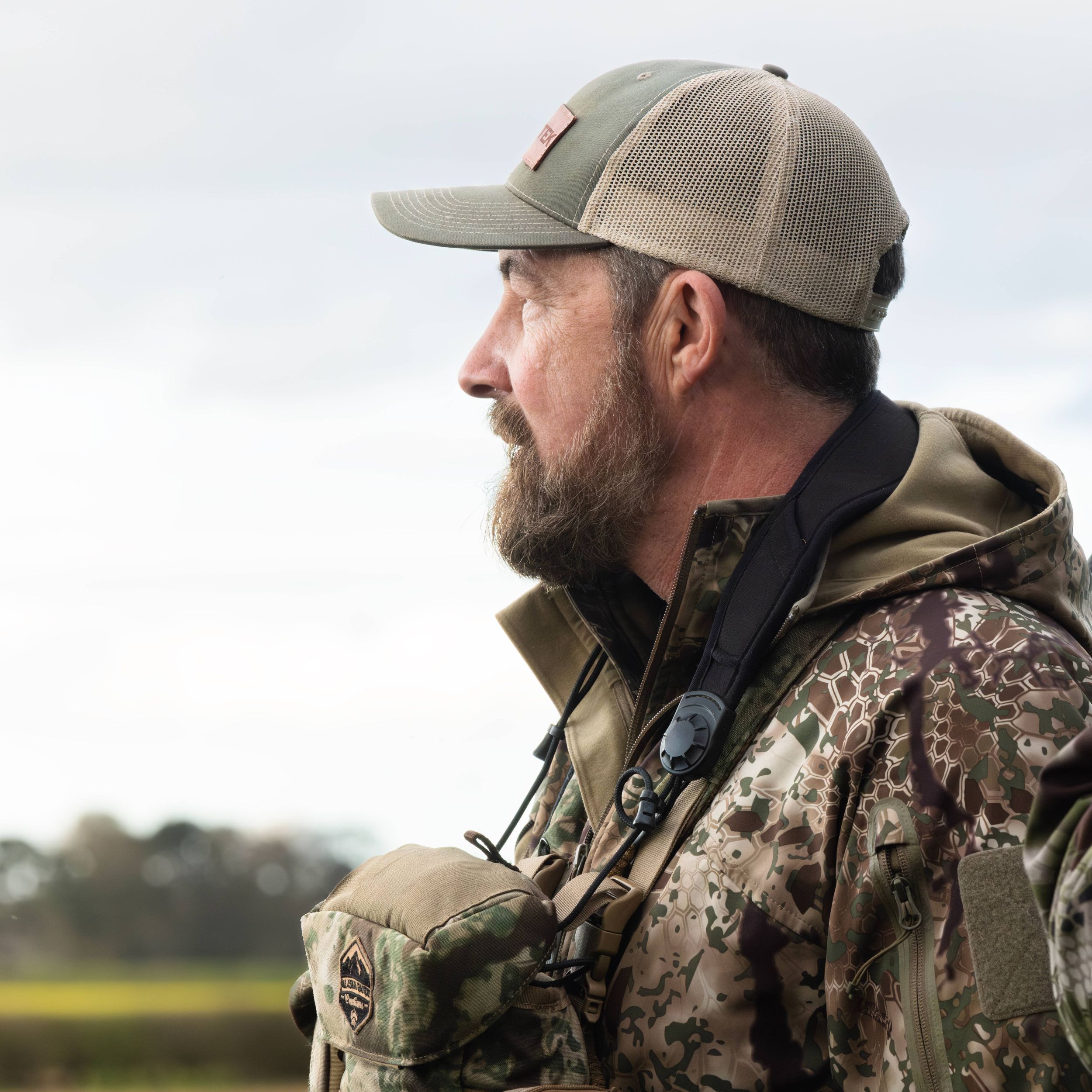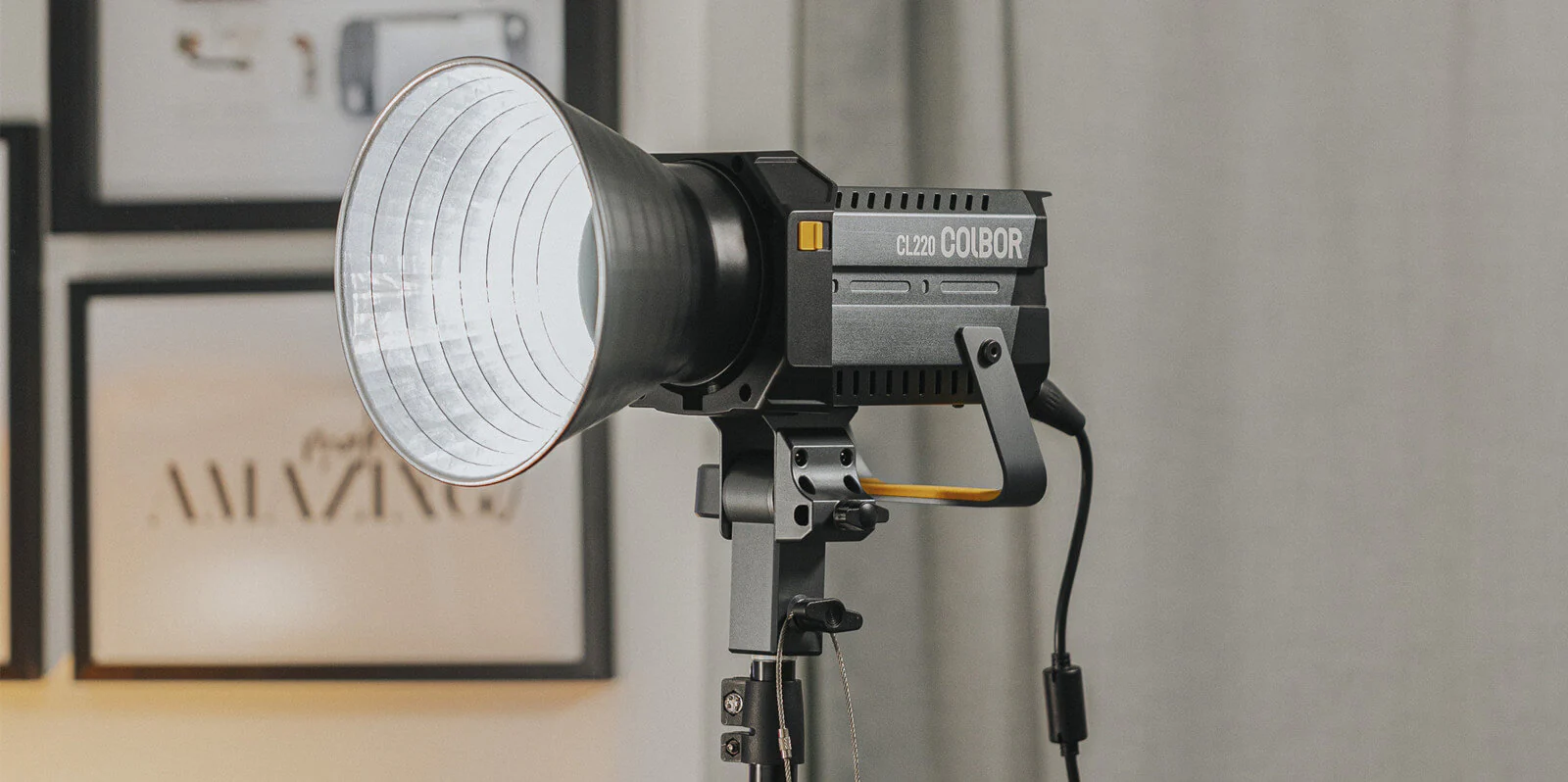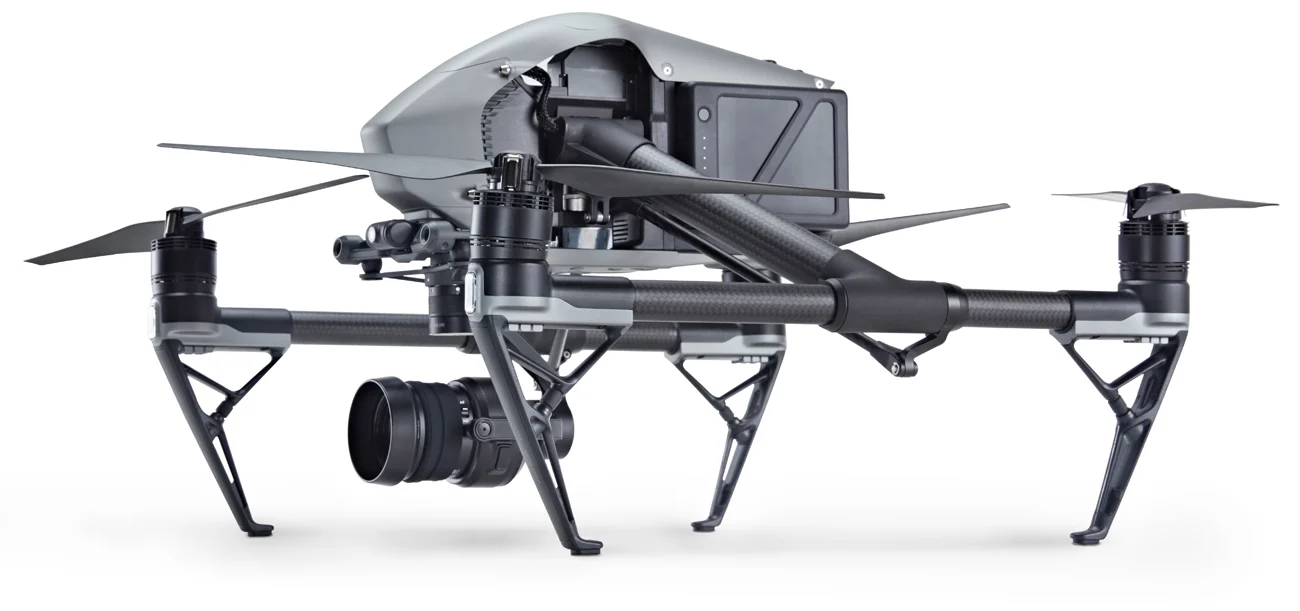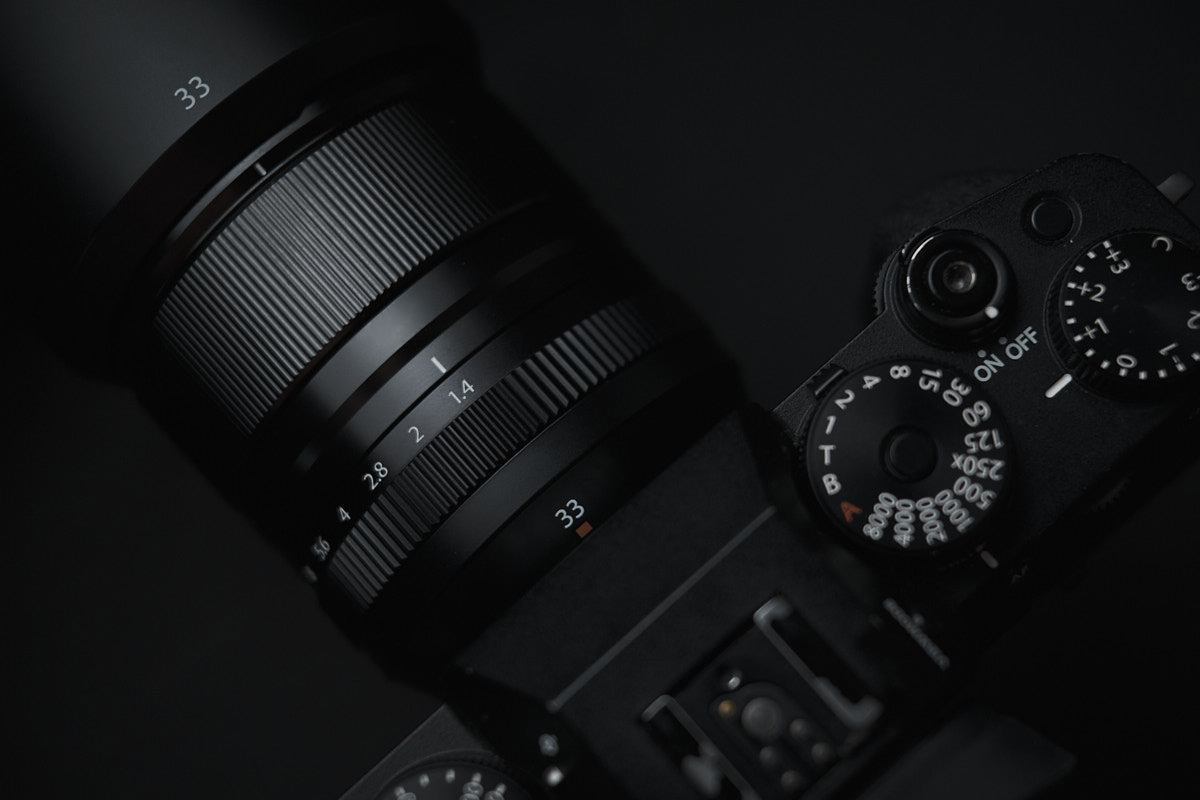1. Choose Your Light Source
Natural light (from a window) or artificial light (like a strobe or softbox) both work well. For beginners, a softbox or umbrella softens shadows and creates a flattering effect, while a bare bulb or beauty dish gives a more dramatic, high-contrast look. Experiment with modifiers to shape and soften the light to your desired effect.
2. Positioning the Light
The angle of your light source will largely determine the mood of the portrait. Classic positions include:
-
45-Degree Angle: Placing the light at a 45-degree angle from the subject creates flattering shadows and depth, ideal for beauty shots.
-
Side Lighting: Positioning the light directly to one side creates strong contrast and drama, great for adding intensity to the portrait.
-
Rembrandt Lighting: Named after the painter, this technique involves positioning the light so that a small triangle of light appears under the subject’s eye on the shadowed side, adding depth and character to the portrait.
3. Adjust Distance for Intensity
Moving the light closer to the subject makes the light softer and more flattering, while moving it farther away makes it harder and more defined. The distance also affects the intensity, so use it to control both the mood and the brightness of your image.
4. Use a Reflector for Balance
To soften shadows and add detail, place a reflector opposite the light source to bounce some light back onto the shadowed side of the subject’s face. Reflectors are especially useful for softening contrast in single light setups and achieving a balanced, professional look.
5. Mind Your Background
A single light source can cast strong shadows on the background. Either control these shadows creatively, or use a separate backdrop that absorbs light to keep the focus on the subject.
Single light portrait photography is about experimenting with angles, distance, and modifiers. Each adjustment changes the quality and impact of the image, so take time to find the setup that best captures your subject's character and mood. With practice, this minimal setup can yield truly impactful portraits.

